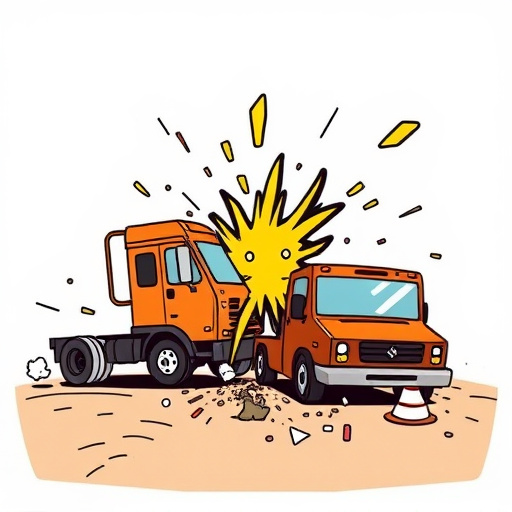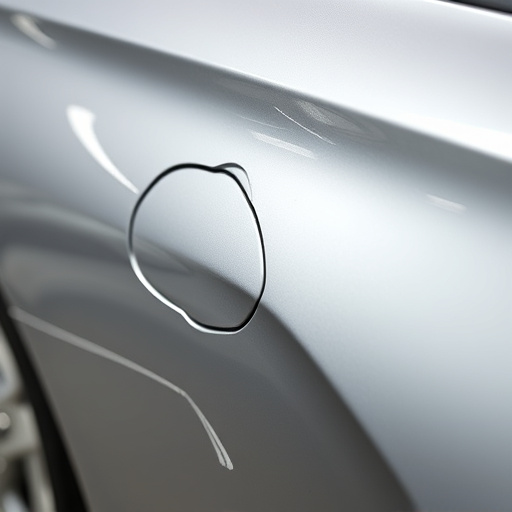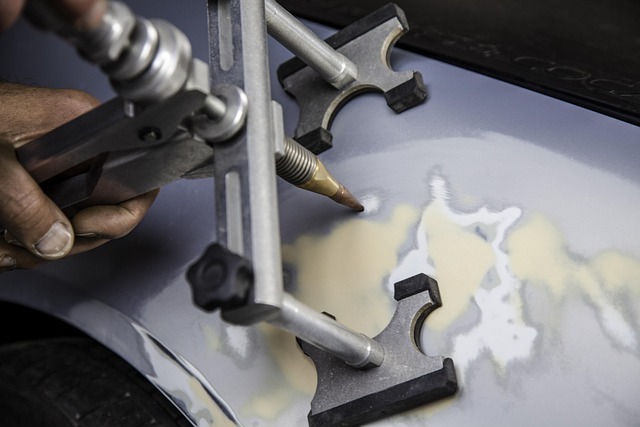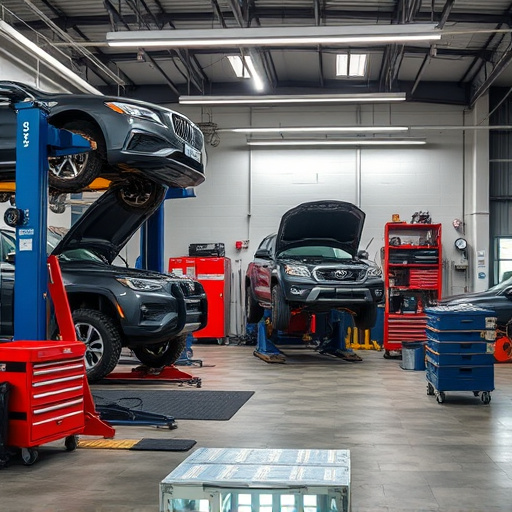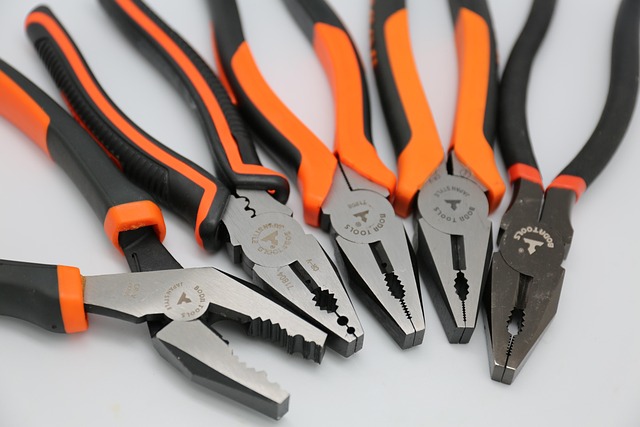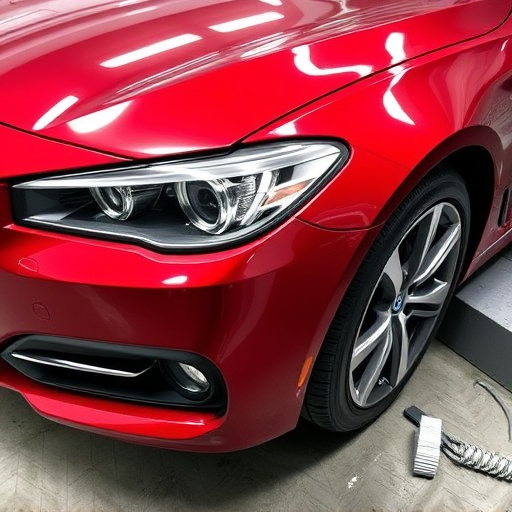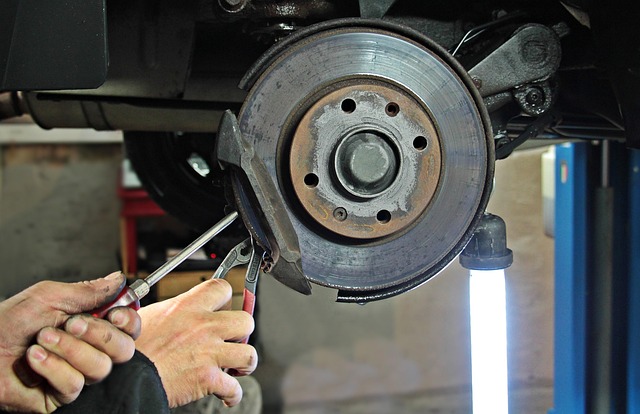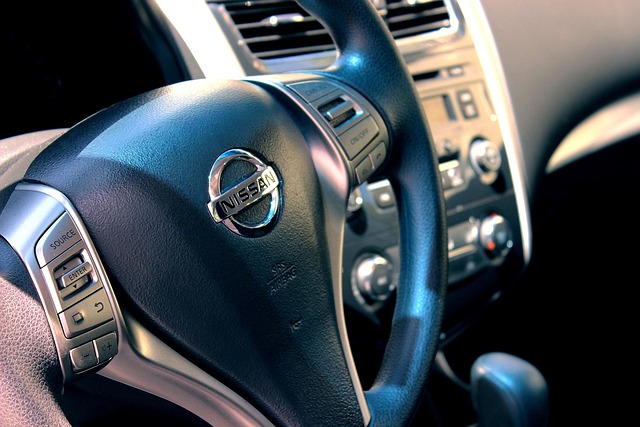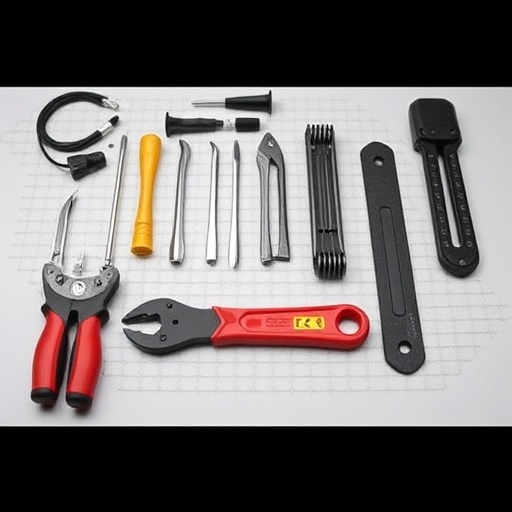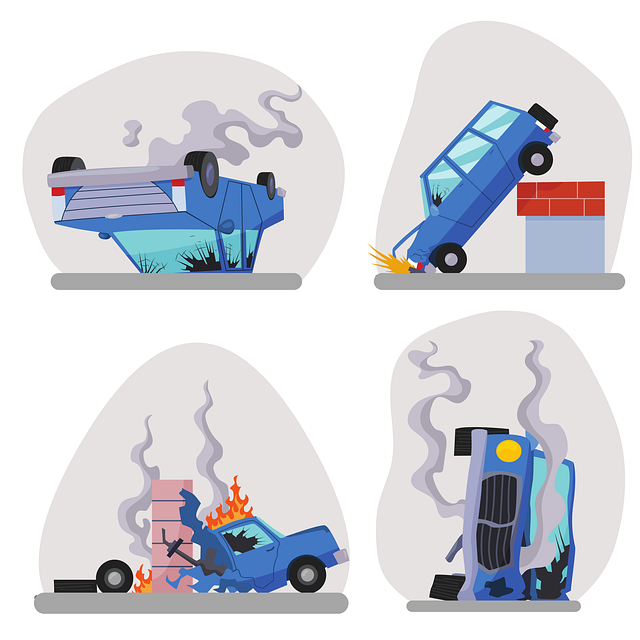Efficient commercial vehicle repair requires specialized tools for diagnosing issues, including advanced scanners and visual inspection techniques. Data-driven insights optimize maintenance schedules to minimize downtime and costs, while using high-quality certified parts ensures durability and safety.
“Elevate your game in commercial vehicle repair with our advanced tips designed for professionals. Discover efficient diagnosing techniques, leveraging the latest tools to pinpoint issues swiftly. Learn how optimized maintenance schedules can slash costs while ensuring optimal performance. Plus, master the art of selecting the right parts by checking quality and compatibility. These strategies will empower you to deliver top-tier service, reduce downtime, and maximize efficiency in commercial vehicle repair.”
- Diagnosing Issues Efficiently: Tools and Techniques
- Optimizing Maintenance Schedules for Cost Savings
- Choosing the Right Parts: Quality and Compatibility Checklists
Diagnosing Issues Efficiently: Tools and Techniques
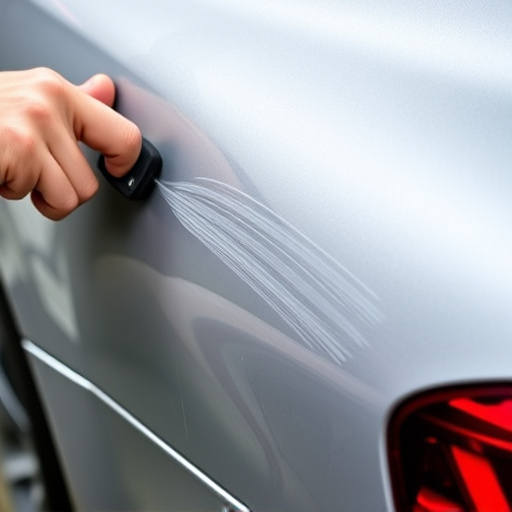
Efficiently diagnosing issues with commercial vehicles is a critical skill for any automotive technician. Modern commercial vehicles are increasingly complex, featuring sophisticated electronics and advanced systems that demand specialized tools to uncover hidden faults. A well-equipped workshop should have diagnostic scanners capable of interfacing with the vehicle’s onboard computer, allowing for accurate reading of error codes and data logs. These tools can pinpoint issues related to engines, transmissions, or even tire pressure monitoring systems, enabling technicians to perform targeted repairs.
Beyond advanced diagnostics, mastering visual inspection techniques is vital. This involves carefully examining the vehicle’s exterior and interior for signs of damage, wear, or misalignment. Tools like precision measuring instruments, lighting solutions for dark spots, and specialized cameras can aid in this process, especially when dealing with intricate automotive body work or auto glass repair. By combining cutting-edge technology with meticulous manual checks, technicians can swiftly diagnose and resolve a wide range of problems encountered in commercial vehicle repair.
Optimizing Maintenance Schedules for Cost Savings

In the realm of commercial vehicle repair, optimizing maintenance schedules is a strategic move that can significantly reduce costs for businesses relying on their fleets. Regular maintenance is non-negotiable, but efficient planning can help avoid unnecessary expenses. By implementing data-driven insights, fleet managers can predict potential issues before they occur, minimizing unexpected repairs and down time. This proactive approach includes setting up automated reminders for routine checks, such as oil changes, tire rotations, and brake inspections, ensuring that every vehicle is in optimal condition.
One key aspect to focus on is aligning maintenance with the specific needs of different commercial vehicles based on their usage patterns. For instance, delivery trucks may require more frequent underbody inspections due to their constant exposure to rough road conditions, while long-haul tractor-trailers might need specialized frame straightening services less often. Utilizing the expertise of a reliable auto collision center for complex repairs, such as frame straightening, can help maintain vehicles’ structural integrity, ensuring they remain safe and efficient on the road.
Choosing the Right Parts: Quality and Compatibility Checklists
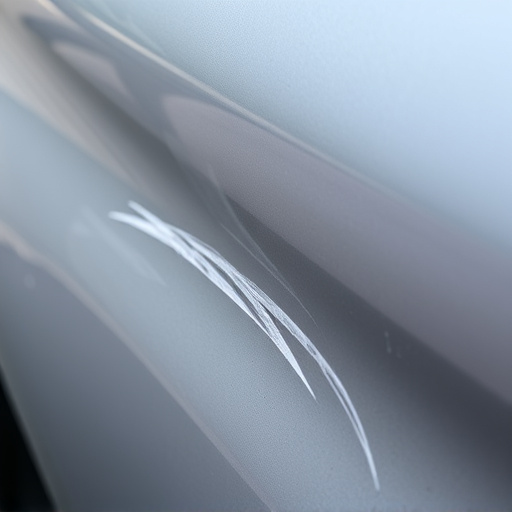
When engaging in commercial vehicle repair, selecting the right parts is paramount to ensure durability and optimal performance. Beyond cost considerations, it’s crucial to verify both quality and compatibility before installation. High-quality parts not only withstand the rigors of heavy-duty use but also extend the lifespan of your vehicle. Check for certifications, manufacturer guarantees, and reviews to assess part reliability.
Compatibility is equally important. Ensure that replacement parts are specifically designed for your commercial vehicle model and year. Consulting with experienced technicians or referring to the vehicle’s service manual can help in identifying the correct parts. Using the wrong components could lead to improper fitment, compromised safety, and potential damage during automotive collision repair or car paint repair processes in an automotive body shop.
Mastering these advanced tips on commercial vehicle repair can significantly optimize your fleet’s performance and reduce costs. By employing efficient diagnostic tools, staying vigilant with maintenance schedules, and selecting high-quality parts that fit seamlessly, you’re not just fixing vehicles—you’re ensuring the safety and reliability of your entire operation. Embrace these strategies to elevate your commercial vehicle repair game and stay ahead in a competitive market.
